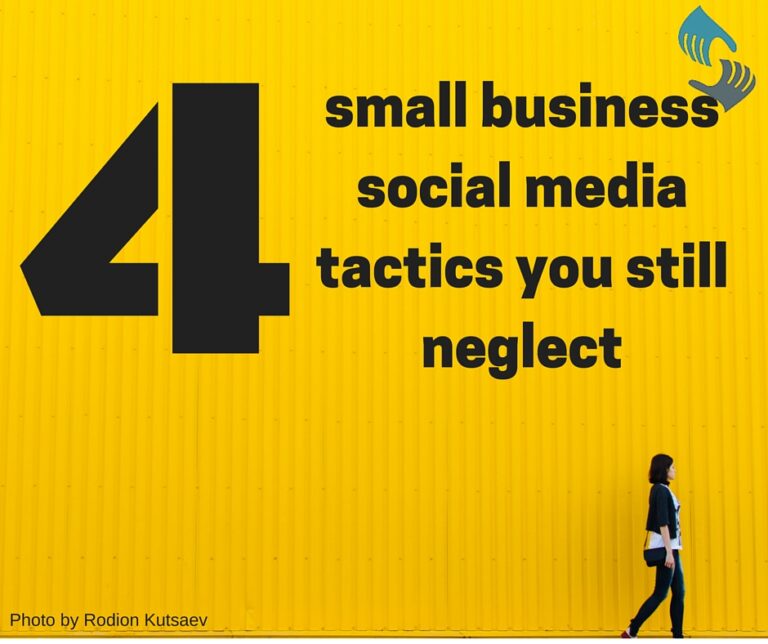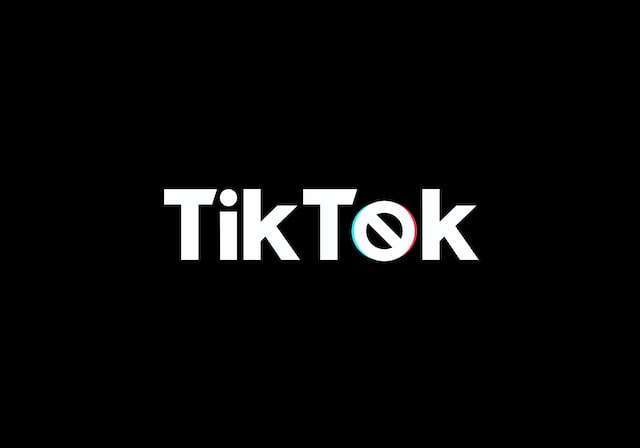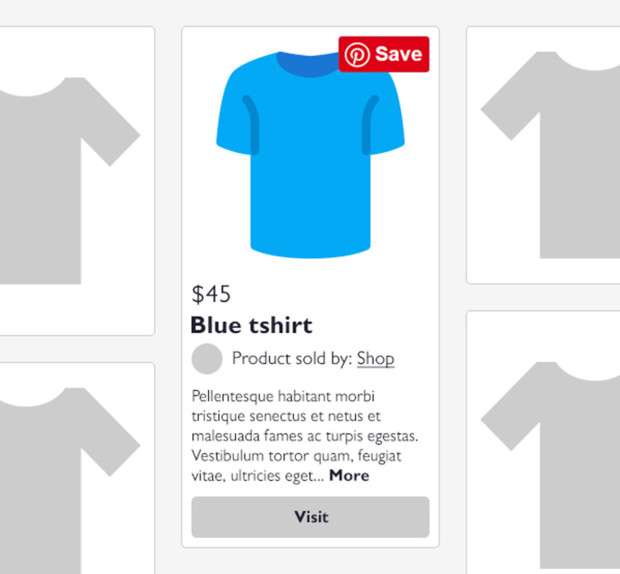Are you having trouble with your social media engagement? Don’t worry; we’ve spent a lot of time experimenting with these powerful platforms. We share Facebook, Twitter, Pinterest, and Instagram strategies below. Once you have an understanding of how each of them works, decide which works best for your business. Then, learn how to handle them and pay attention to other factors like SEO, reviews, and more!
Facebook, LinkedIn, & Twitter
Here’s what works for social media engagement on Facebook, LinkedIn, and Twitter: Images, videos, calls to action, general share-worthy content, and content related to your industry.
Here’s what doesn’t work: bland content, lengthy content, and content that isn’t share-worthy.
Images and videos are the best way to catch the attention of social media users and improve social media engagement. Video works better to keep the reader’s attention. Treat images and videos as an anchor whether you’re trying to redirect customers to your website or trying to get them to stop and look at an interesting piece of content your company shared.
The top three ways to get traction from your viewers are:
- Get them to like and/or follow
- Get them to go straight to your website or store
- and/or get them to share your content
Let’s say four people see your business posts about your 20% off sale. Since these posts aren’t shareable, only those four people will see all your posts. When people start liking and sharing your posts, you’ll get more visibility on your page. That’s why you want to post content that is industry-related and share-worthy.
For instance, if you are a nutritionist, excite your readers to see and share your tips on eating healthy and you’ll be more likely to attract people who would want to use a nutritionist. It’s really important to have a good mix of these types of posts. Once you have grabbed the attention of your audience with a photo or video, you’ll want to use a call to action to guide them to their next step.
“Do you like these home decor ideas? Schedule a consultation to plan out your home design.”
Like in the example above, calls to action can be used for almost every type of post. Tell your viewers to read the article or video you’re sharing or tell them to go to your website to see a business-related post.
Although share-worthy or industry-related content doesn’t always lead your reader straight to your website, the posts are more likely to receive likes and shares. The importance of shared content is that it includes the name of your business.
Consider every time your post is shared as a chance for new people to be exposed to your business. That’s building brand-recognition! When the time comes for when that person needs an attorney, they’ll remember the interesting law content you shared and seek out the business they remember seeing or hearing about.
In contrast, bland posts, lengthy content, and lack of share-worthy content don’t work well on these social media channels. Lengthy content especially won’t work for Twitter’s 140-character count limit.
On Facebook, people no longer have the attention spans to read long posts. The key is to keep them short and concise! Don’t post bland content just because like, “Happy Monday!” unless you give people a reason to share it. “Happy Monday, here’s a funny meme about Mondays” can improve brand recognition if people share it. People like to laugh. Don’t be afraid to use humor to your advantage.
Find the right balance between your industry-related content and shareable content. If you post too many boring posts related to your industry and calls to action, it can lead to dwindling visibility. At the same time, too many share-worthy posts may leave viewers confused about what your business actually does.
Here’s what works for social media engagement on Pinterest: videos, images, content related to your industry, and general share-worthy content.
Here’s what doesn’t work: Lengthy content, bland content, content not related to your industry. Like Instagram, Pinterest is very image-focused. It’s a very visual platform. What hooks most people to Pinterest is that people go there to look for ideas. This works best for businesses that can provide ideas or the means to make ideas happen.
For example, a craft blogger can benefit from Pinterest because they can share craft ideas that lead to their blog to learn more, and with their name on the post, they’ll build brand recognition. Non-business related content works best on Pinterest. It’s not a platform where you can just sell your goods and services. Instead, you should share ideas with people that will lead them to your business.
However, there’s a chance Pinterest may not make sense for your business and doesn’t work with a lot of text. Examples of an industry not suited for Pinterest are service-based businesses like plumbing or air conditioning. They just don’t have a lot of corresponding ideas.
Pinterest performs best with shareable content and brand recognition. Text on Pinterest posts is often ignored, so if you want to use text, it’s best to use an infographic that will be displayed as an image. This doesn’t mean you shouldn’t use any text at all. You should have a small headline or message, but not much more than that.
Here’s what works for social media engagement on Instagram: Videos, images, projects, hashtags.
Here’s what doesn’t work: Mostly everything else.
Instagram is a whole other animal. The goal of this medium is to convince people to follow you and talk about your offerings or your personal or business brand. This platform works best for industries like restaurants since customers can post images of their meals for their friends to see.
Instagram also works great for industries like home improvement. A home improvement business can post about a project by posting progress images of their work. Viewers that see these images might be encouraged to check the home improvement business out. Since you can only list a link in your Instagram bio and not on the actual posts, Instagram’s value is in creating brand recognition. Determine if you are able to consistently post enough interesting images for your readers to stay engaged. Not every business can do this.
Reviews
Now that we discussed how to increase social media engagement on the main social media platforms, let’s discuss other platforms that can be used. Other media channels like Facebook support reviews. In addition to engagement from posts, reviews can grow your business or they can hurt your business. Although you don’t have complete control over how people rate your business, you can control how you respond to them. You can turn around even the most unsatisfied customer by responding to their review promptly and in a professional manner. Check out our other articles to learn more about the importance of reviews!
Social Listening
Forbes defines social listening as finding out where your customers are discussing topics related to your brand. If you’re a car dealership you’ll want to find out where people are talking about cars. Researching your competitors and your peers will help you find this information. Find out what your audience is talking about, liking, and sharing, and how you can participate. Shape your social media engagement strategies based on what’s already getting the best traction everywhere else. Do your research.
SEO
You’ll never stop hearing about the importance of SEO. Do you know how high you rank on the results page when people search for your business name or keywords related to your work? The more your business and keywords are being mentioned, the better your SEO ranking will be.
Measure Success
While you are managing your presence across social media platforms, it’s important to take a step back and analyze social media engagement and how well it’s working. Figure out what’s working and what isn’t. Have a system that tracks your metrics because understanding your trends is a vital part of this process.





